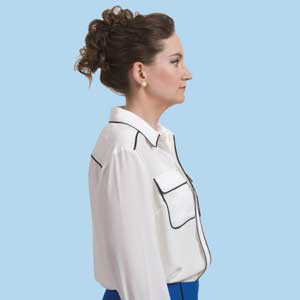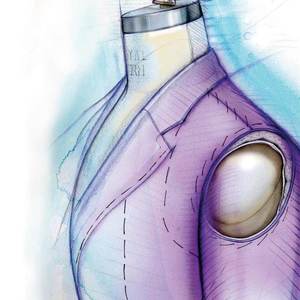Set-in Sleeve Solutions
Innovative adjustments refine the fit and style
The classic set-in sleeve is often the most complicated sleeve to fit.
After you have taken care to fit the armhole to the torso and the sleeve to the arm, you may find that the sleeve and the armhole patterns don’t fit together. This is because, in the fitting process, the armhole opening frequently needs to be made smaller and the sleeve cap increased. Women end up with too much sleeve-cap length (including cap ease) to set a one-piece sleeve into the armhole opening without puckers, pleats, or gathers. It takes engineering to get the bodice and sleeve to fit together.
I’ll explain the sleeve-fitting basics I follow and show you three new sleeve styles that produce beautifully shaped and fitted sleeves.
These innovative sleeve shapes look pretty on the arm. Plus, the shapes and seamlines spark all sorts of interesting ideas for fabrics. Have fun experimenting with stripes, contrasting fabrics, sheer and semisheer fabrics, and whatever else you can imagine to amp up the style to go with your perfect fit.
 Sleeve basics
Sleeve basics
When fitting a sleeve, the sleeve biceps should be at least 2 inches larger than the arm measurement at the biceps level, for the sleeve to be comfortable. There must also be adequate cap height to avoid diagonal drag lines on the sleeve-cap front and back. Both measurements often need to be increased to get a sleeve that fits the arm perfectly and comfortably. The patternwork mechanics that increase these measurements also increase the sleeve-cap seam length.
A to B = Biceps width, which is perpendicular to the grainline, and makes a horizontal balance line (HBL) for fitting purposes.
C to D = Middle of the sleeve, which is parallel to the grainline; position this line so that C is the match point to the shoulder…
…
Start your 14-day FREE trial to access this story.
Start your FREE trial today and get instant access to this article plus access to all Threads Insider content.
Start Your Free TrialAlready an Insider? Log in


































Log in or become a member to post a comment.
Sign up Log in